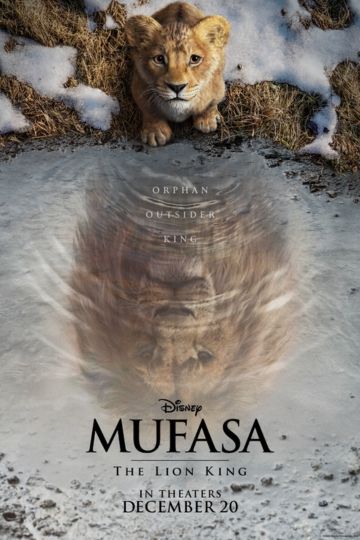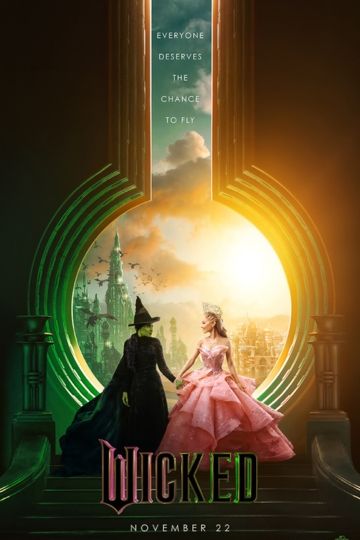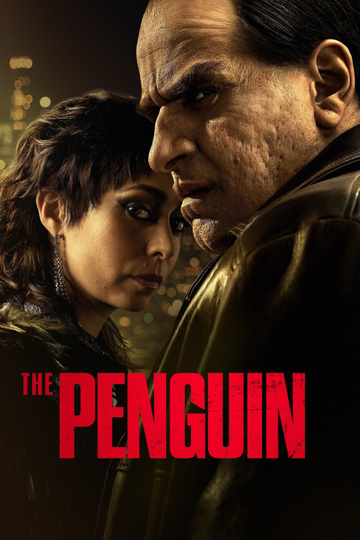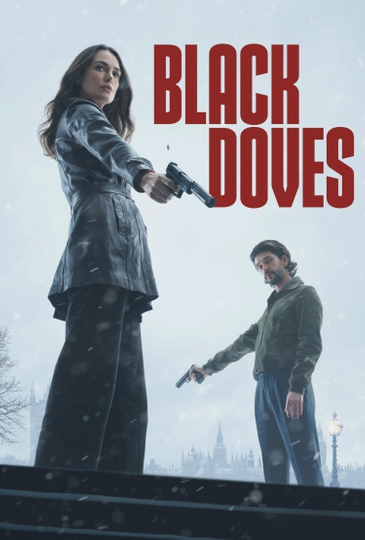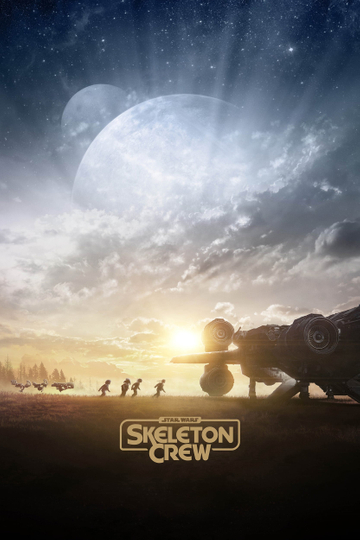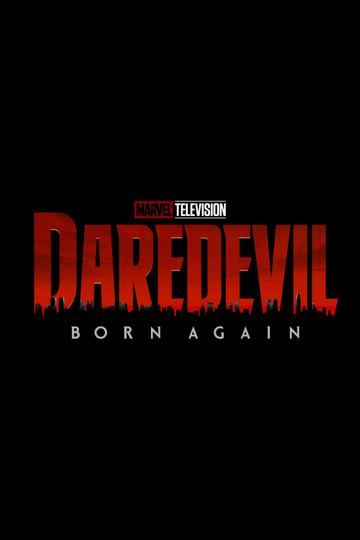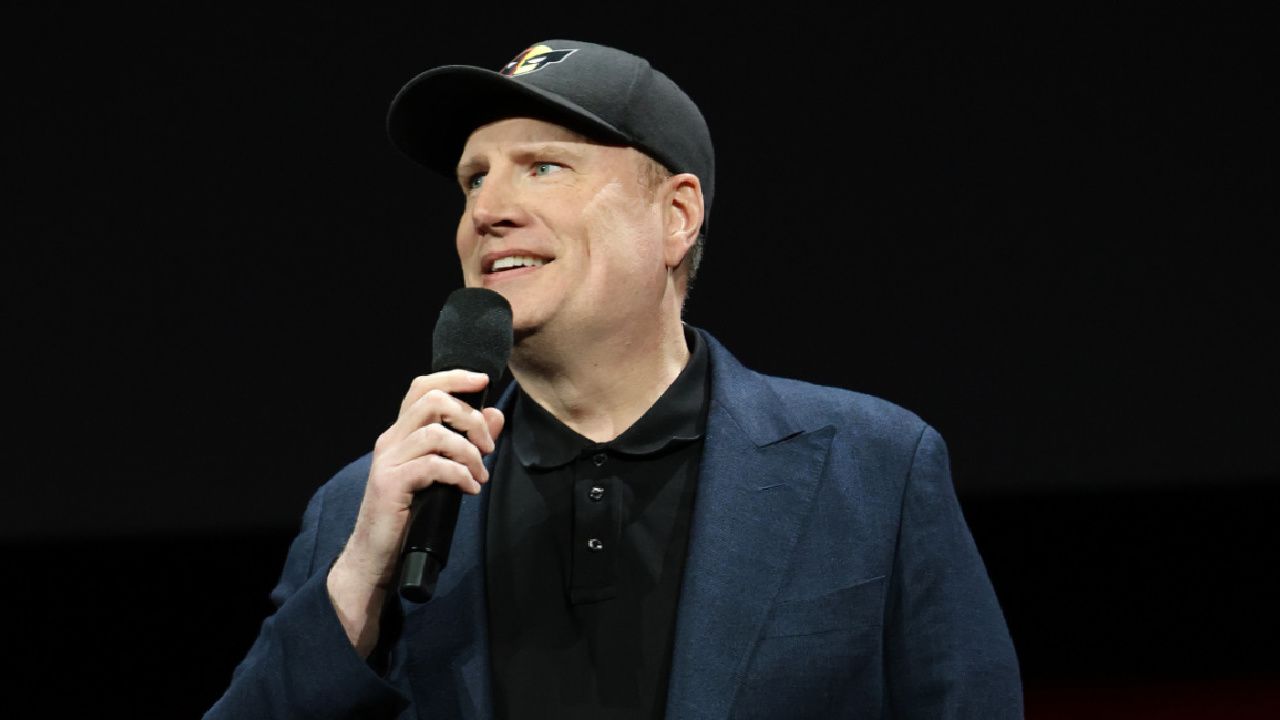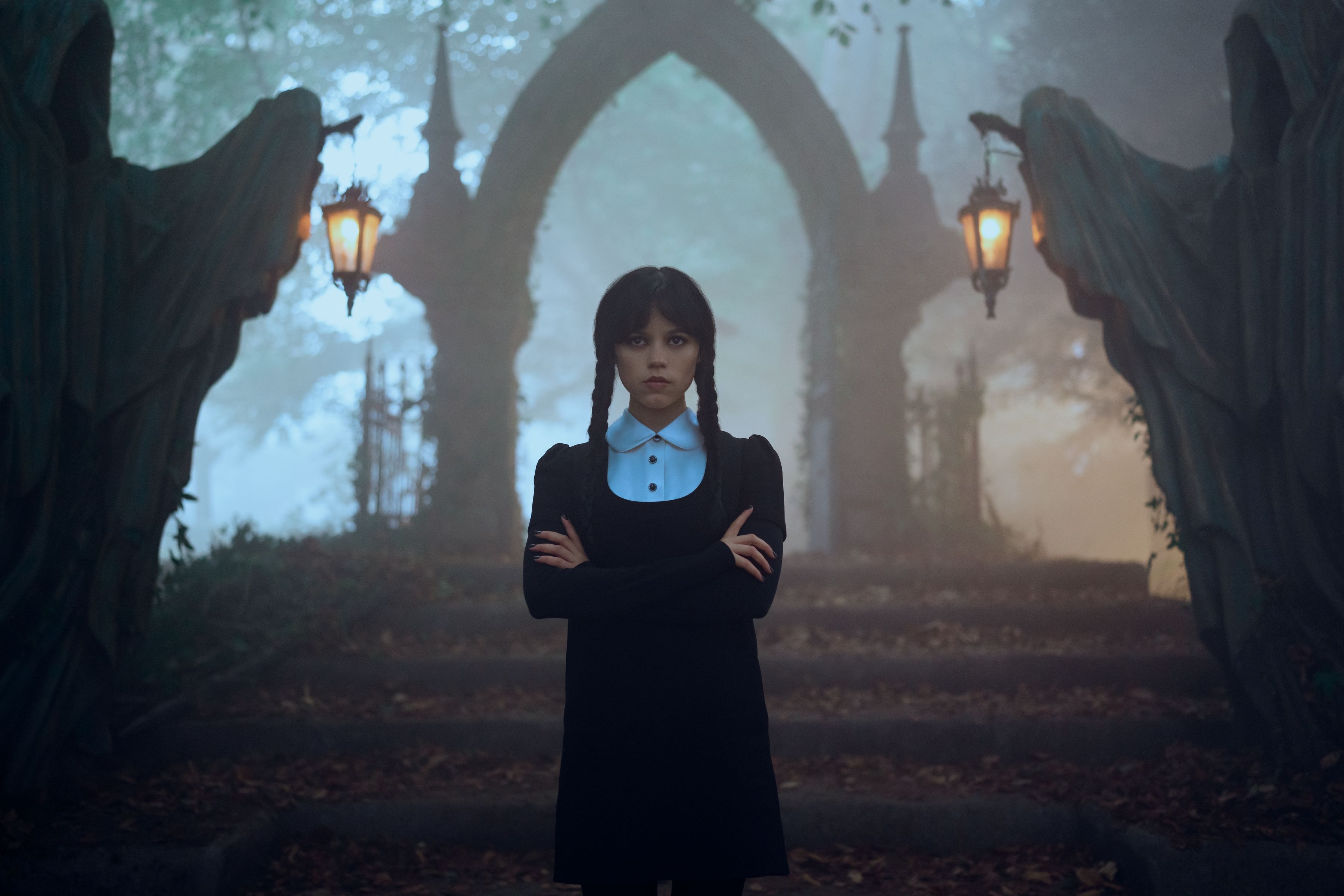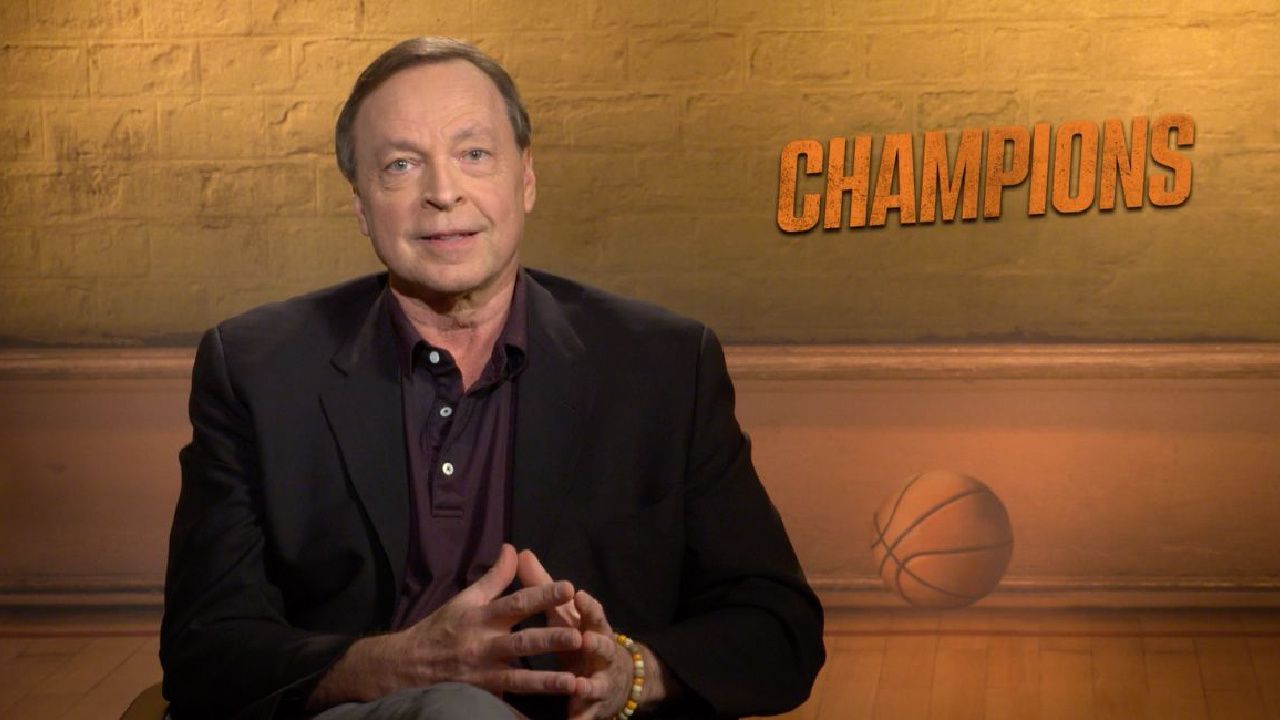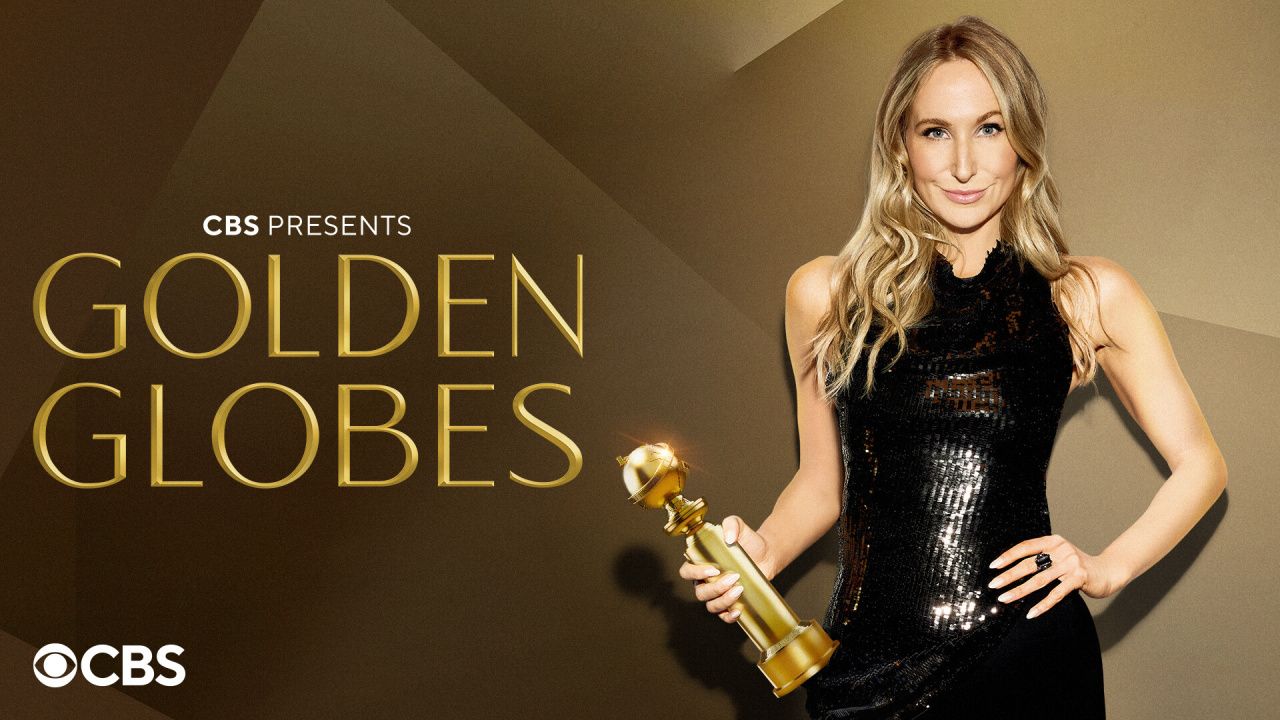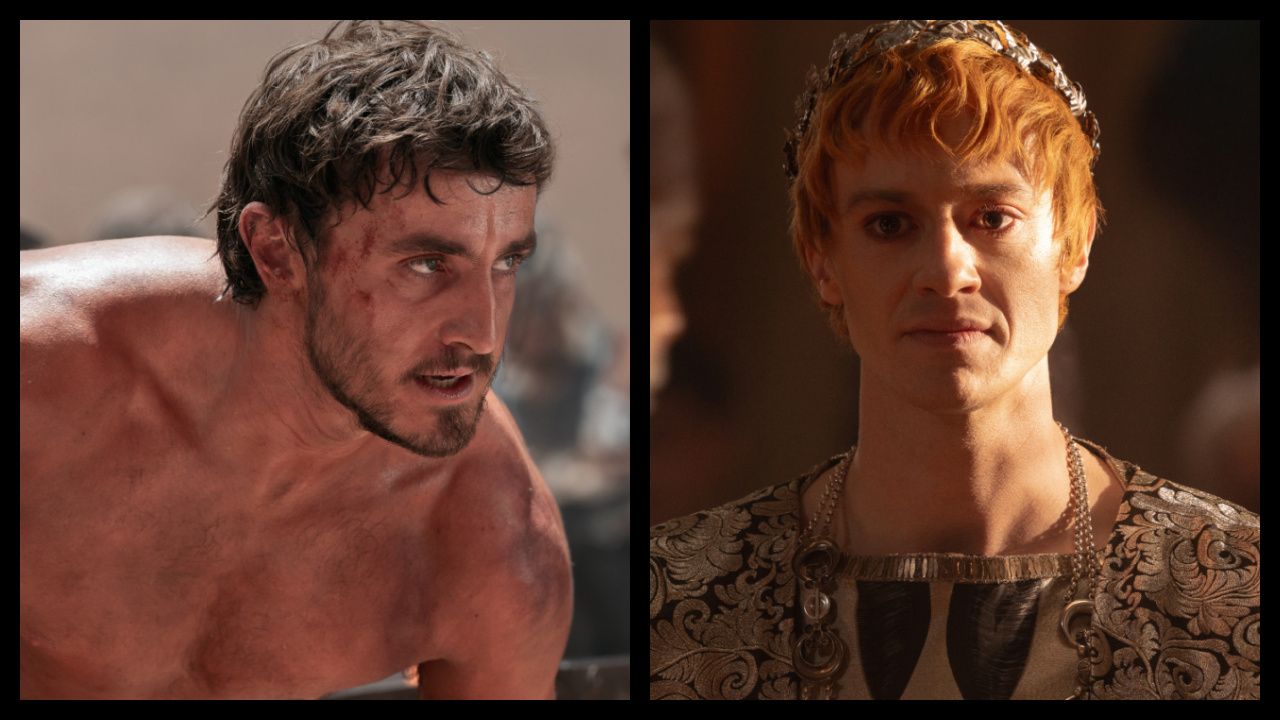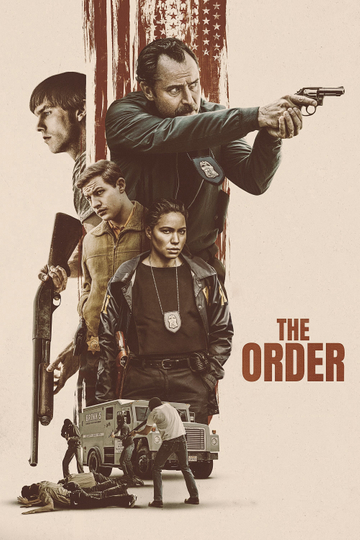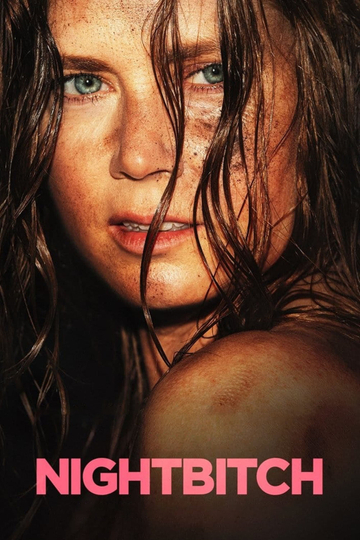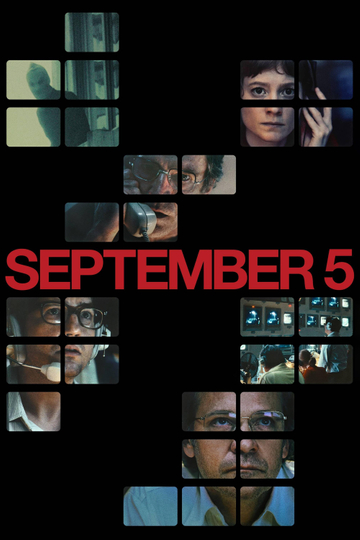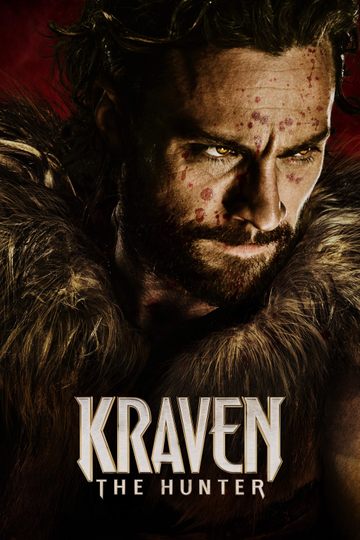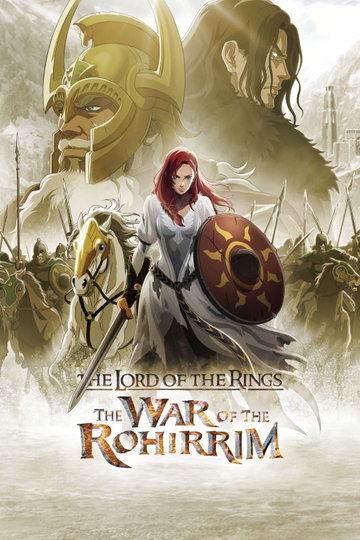How 'Thor: Ragnarok' Affected the Rest of the Box Office
Are you not entertained?
The gladiator-themed "Thor: Ragnarok" walloped the box office this weekend, debuting way above expectations with an estimated $121.0 million. The Marvel adventure boosted the box office to its biggest weekend since "Dunkirk" opened four months ago. So why isn't the cheering from the stadium seats louder?
Maybe because the success of "Ragnarok" doesn't mean that the long box office slump is necessarily over. It was a good weekend if you're a Marvel fan (or a Disney executive), but not so good for many others. The Thor-vs.-Hulk contest yielded a number of winners and losers beyond the arena, and together, they reveal a picture of a box office that's still going to have to struggle to catch up with last year's earnings.
Winner: Disney. The "Ragnarok" opening means Disney owns three of the four biggest premieres of 2017 so far (along with "Beauty and the Beast" and Marvel's "Guardians of the Galaxy Vol. 2"). Plus, the studio still has Pixar's "Coco" and "Star Wars: The Last Jedi" coming out before the end of the year. All the wailing and gnashing of teeth you hear from other studios is drowned out at the Magic Kingdom by the sound of cash registers ka-chinging.
Winner: Marvel Cinematic Universe. Usually, threequels show signs of diminishing returns. Not at Marvel, where every "Thor" picture has opened bigger than the last. (2011's "Thor" premiered with $65.7 million, while 2013's "Thor: The Dark World" debuted with $85.7 million.) The same holds true of other MCU mini-franchises, including "Captain America" and "Iron Man." Give credit to Marvel Studios for both quality control ("Ragnarok" earned a 93 percent fresh ratings from critics at Rotten Tomatoes and an A grade from paying customers at CinemaScore) and for keeping new installments fresh with unique approaches -- in this case, the humorous tone of New Zealand director Taika Waititi.
Loser: Kids. Remember when comic-book movies were dismissed as kiddie fare? No more. Only 16 percent of the "Ragnarok" audience was under 17. Viewers 25 and older made up 63 percent of the viewers. And adults were also the target audience for this weekend's other new wide release, R-rated comedy sequel "A Bad Moms Christmas." In fact, there wasn't a tot-friendly movie anywhere among the top 15 releases, and nothing for the little ones to see outside the few theaters still playing "The LEGO Ninjago Movie" and "My LIttle Pony: The Movie." Yes, it's fall, and traditionally, it's the time of year for grown-up movies, but it's still rare to see a multiplex slate that so thoroughly writes off the tween-and-younger demographic.Loser: "A Bad Moms Christmas." You can sort of see the logic here: With "Ragnarok" skewing 56 percent male, there seemed to be a vacuum for a movie that appealed to women. A sequel to last summer's "Bad Moms" seemed just the ticket. But audiences and critics alike felt this installment was slapdash compared to the last one (the 2016 movie earned a 58 percent fresh rating at RT and an A at CinemaScore, while the new one earned a 32 percent RT score and a B grade at CinemaScore). Plus, the day after Halloween may be too soon to open a Christmas-themed movie.
Even so, the sequel still managed to perform about as well as expected, debuting in second place with an estimated $17.0 million for the weekend and $21.6 million for the first five days. Still, "Christmas" cost $28 million to make, some $8 million more than the original. Subtract the theater owners' cut and the cost of advertising, and the movie will have to earn at least $60 million to break even, a benchmark it's going to have trouble reaching.
Winner: IMAX. For "Ragnarok," Disney is claiming the widest IMAX release ever, some 1187 venues worldwide. That includes 391 of the giant screens in America, responsible for $25.4 million of "Ragnarok"'s domestic take. That's a good sign for the large-screen format, but it's also good as an indication that, when audiences recognize an event movie as a visual spectacle that deserves to be seen on a screen larger than the one in their living room, they'll happily come to the theater to see it, even if it means coughing up premium-format surcharges.
Loser: "LBJ." The weekend's only other semi-wide release (on 659 screens), the presidential biopic had a shot at breaking into the top 10, but it premiered in 14th place with just an estimated $1.1 million, or $1,727 per screen. That's an average that indicates near-empty theaters, which was probably to be expected, since Lyndon B. Johnson remains a president less than beloved by history, and star Woody Harrelson is not a box office draw. Some pundits may have considered his "LBJ" performance a possible Oscar contender, but if the movie falls in the box office forest and doesn't make a sound, Oscar voters won't notice either.Winner: "Lady Bird."Greta Gerwig's coming-of-age dramedy, starring Saoirse Ronan, opened on just four screens, but it averaged an estimated $93,903 on each of them, the biggest per-screen average of any movie this year. (For comparison's sake, "Ragnarok" averaged $29,658 per screen.) Those numbers, along with a rare 100 percent fresh RT score from critics, bode well for "Lady Bird" once it expands into general release, as well as for the movie's Oscar chances.
Loser: The overall box office. One big weekend may not have been enough to turn the box office around. For one thing, it's still about 8 percent behind the same weekend a year ago, which saw the premieres of Marvel's "Doctor Strange," kiddie hit "Trolls," and Oscar-friendly war drama "Hacksaw Ridge," which debuted with a combined $146.9 million. We're not seeing that sort of deep bench this year, which is why 2017 ticket sales are still down about five percent from the same time a year ago.
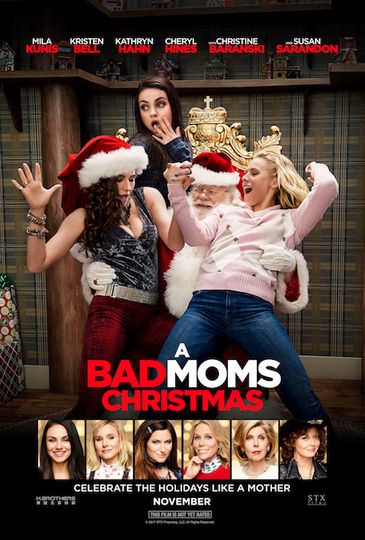
A Bad Moms Christmas




